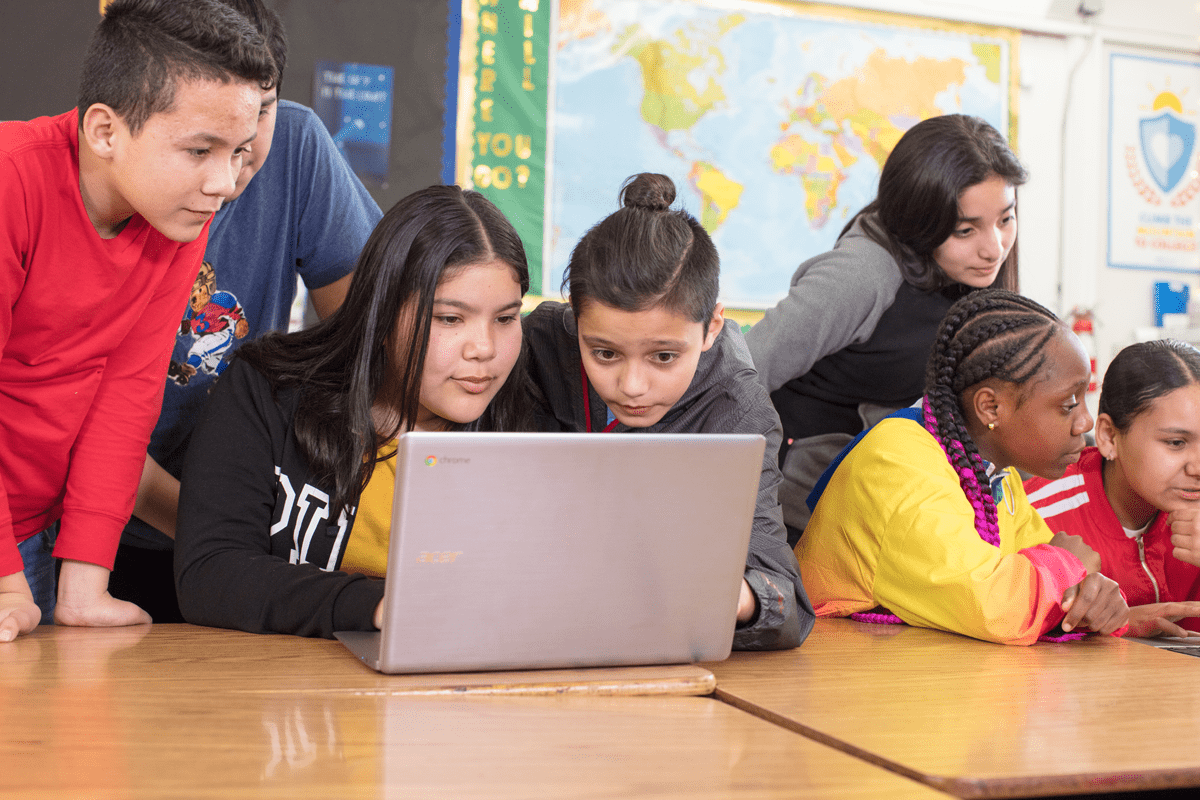
Last year, the CARES Act made crucial funding available for K-12 education through the Elementary and Secondary School Emergency Relief (ESSER) Fund, a component of the Education Stabilization Fund.
In December 2020, Congress passed a new COVID-19 relief deal. How does this initiative differ, especially with regard to funding for schools?
A New Round of Direct Aid
As negotiators forged consensus on the deal at the end of 2020, Education Week reported that $57 billion would be set aside for K-12 schools, of which $54.3 billion would go to public schools through an education stabilization fund. With 90% of that money allocated for local school districts and charter schools, the bill required that institutions use this money to:
- Provide solutions for learning loss.
- Buy new education technology.
- Enhance the quality of physical facilities to curb virus transmission.
The amount of funding for schools provided by this legislation is more than four times the initial $13.2 billion provided to districts through the CARES Act, though some commentators have claimed that additional resources are still needed, and they expect to push for more.
The requirements for use of resources in the ESSER II Fund, as it’s known in the latest legislation, align with acceptable spending for the original ESSER Fund covered by the CARES Act. A fact sheet from the U.S. Department of Education (DOE) clarified that additional allowable uses mentioned in the new bill were already accepted for CARES Act funding, though not explicitly stated previously, including:
- Reopening preparations.
- Projects for improving air quality in school buildings.
The fact sheet also noted that ESSER and ESSER II funding must be tracked separately.
Separate Funding for Nonpublic Schools
A January 2021 press release from the DOE explained that $2.75 billion has been allocated to funding for private schools through the Emergency Assistance to Non-public Schools (EANS) awards program. Resources will be made available to governors who apply to the federal agency based on the proportion of low-income students attending private schools in their state.
This money is intended to be used for costs associated with learning loss issues, school reopenings, and other expenses related to continuing instruction.
ESSER II Funding for Schools Across the Country
Already, states throughout the nation are beginning to plan how their schools will benefit from the additional resources made available through the education stabilization fund. The DOE released a table that itemizes ESSER II funding allocations for each state.
Which TCI Products Are Eligible for ESSER II Funding?
With a flexible curriculum, products from TCI are aligned with state standards. Our range of services, products, and educational resources provide an opportunity for teachers and administrators to upgrade their technology, assist students in addressing learning loss, and prepare to reopen as soon as it becomes safe to do so.
Some examples of TCI products and services that may be suitable for ESSER II funding include:
- Professional development resources.
- Training and support.
- Differentiated learning instruction, including ELL support, closed captioning, text-to-speech, Spanish translations, reading levels, and more to meet students’ unique learning needs.
- Flexible and blended science and social studies programs that help bridge learning loss.
TCI offers a variety of online and print materials that are suitable for after-school activities or summer programs. These tools can be helpful for bridging learning gaps while mitigating any learning loss that may have occurred. Dedicated educators deserve the support of quality educational resources as they strive to keep students on track for continued success in school.
Learn More About Funding Opportunities and TCI Today
For additional information about how to apply for ESSER II funding, contact your state education agency to learn more. Nonpublic schools seeking assistance with applications or inquiries for EANS funding should also contact the relevant state departments.
TCI is here to support you with new educational technology and tools that can help address learning loss, especially for K-12 science and social studies learners. With blended learning features, engaging curriculum design, and more, we’re here to help you keep students engaged during challenging times and for the days ahead. Contact our sales team today to learn more.


